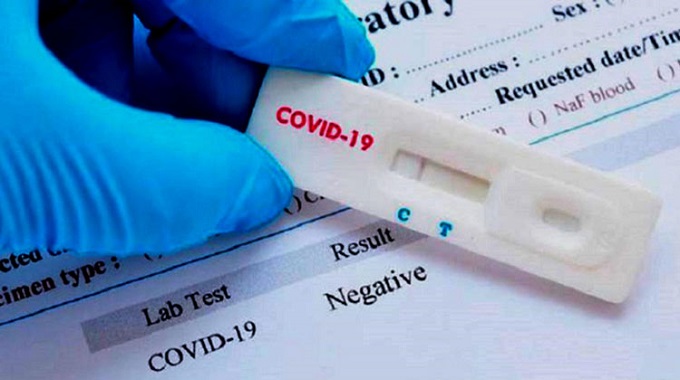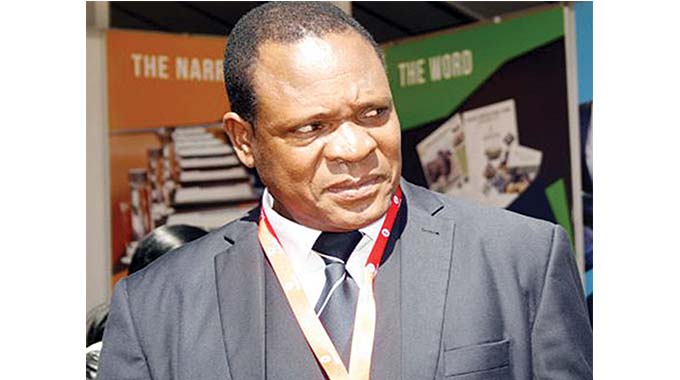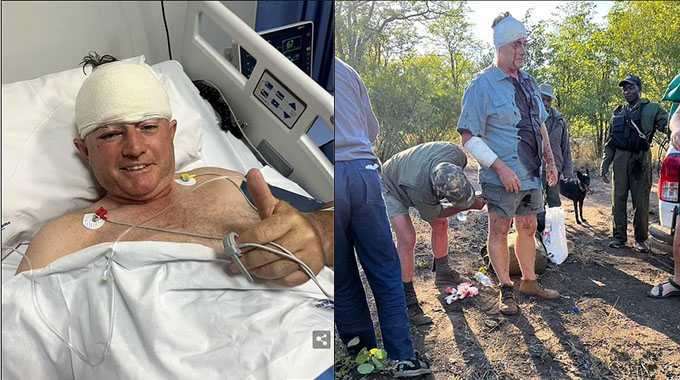Zimbabwe running low on Covid-19 testing commodities

Thandeka Moyo-Ndlovu, Health Reporter
ZIMBABWE is running low on Covid-19 testing commodities amid reports that the country records about 81 cases daily.
These commodities include chemicals needed to run tests and containers to put specimens used when conducting and processing Covid-19 test and results.
There are three types of tests available globally and used in Zimbabwe for Covid-19 which include polymerase chain reaction (PCR), antigen, and antibody (serology) testing.
PCR and antigen tests detect whether a person is currently infected, and serology detects whether a person had an infection in the past.
According to the Ministry of Health and Child Care weekly Covid-19 report, the country needed 15 000 viral transport media and and an equal number of PCR reagents per month. At the moment there is only 10 percent of stocks.
The report shows that there is a low supply of GeneXpert cartridges which will not last for a month. Zimbabwe recorded the first case of Covid-19 on March 21.
“Testing was decentralised to improve on the turnaround time but frequent shortages of testing kits and reagents have slowed down the progress made. The number of PCR tests done decreased with average tests for the week standing at 1 240 as compared to 1 946 from the previous week. We also reported a decrease in the positives this week (890) as compared from the previous week (2 280),” read the report.
However, the ministry said at the moment there is no back log across all testing labs in Zimbabwe as all people who tested have received their results.
“During the period August 22 to 28, an average of 81 cases was recorded per day,” read the report.
Statistics show that more males (62 percent) have died due to Covid-19 than females.
Most deaths have been recorded in the age range 41 to 50 years.
“Age groups within the range 21 to 64 years of age are the most affected. These age groups are highly mobile and also represent mostly the population that is economically active. In this range the relatively young population is the most affected, those between 25 and 44 years of age and 51 percent of all the cases are females.”
A total of 573 new confirmed Covid-19 cases and 43 deaths were reported between the 22 and 28 August 2020 giving a cumulative of 6 388 cases and 195 deaths.
“All the cases were put under isolation and are monitored periodically. Manicaland (5.2 percent) has the highest Case fatality rate followed by Mashonaland West (5.0 percent) and Harare (4.3 percent). The CFR has increased from 2.6 percent to 3.1 percent during the period 22nd to 28th of August 2020.”
In the past seven days, the country recorded 58 imported cases, of these 40 were from South Africa and 18 from Botswana.
About 19 countries contribute to the tally of imported cases with South Africa contributing 82.3 percent of the cases.
“South Africa continues to contribute significantly to the number of imported cases.
The implementation of the cabinet directive on the 18th of August that permits immigrants who have negative PCR test upon arrival to be quarantined at home under the supervision of the local Rapid Response Team will be fully implemented once testing capacity at points of entry have been optimised.”
The report also reads: “Matabeleland South and Masvingo provinces are the only provinces that have reported more imported cases than local cases. Matabeleland South has two borders namely Beitbridge and Plumtree where most returnees proceeding to other parts of the country have been diagnosed of Covid-19.”
According to the Ministry, as of 28 August 2020, local cases constituted 80.7 percent of the total Covid-19 cases reported in the country.
“Local cases have been reported in most parts of the country. The figures shows that there is a significant number of cases that are of unknown source of infection and more of these cases are in Harare and Bulawayo provinces. The country is now in community transmission,” said the Ministry.
According to the weekly report, there are 20 people in Covid-19 isolation treatment centres countrywide.
“Two patients were in ICU and a total of 20 cases were admitted in Treatment facilities while the rest were put on home isolation with continued monitoring. Data from Harare City, Bulawayo City and UBH was not available by the time of production of the report.”
Bulawayo (145) and Midlands (128) provinces continue accounting for a greater proportion of frontline workers infected.
“Health worker account for 84 percent of the frontline workers reported to date. Investigations are underway to determine if the working environment for health workers has contributed, in any way, to these infections.” — @thamamoe











Comments